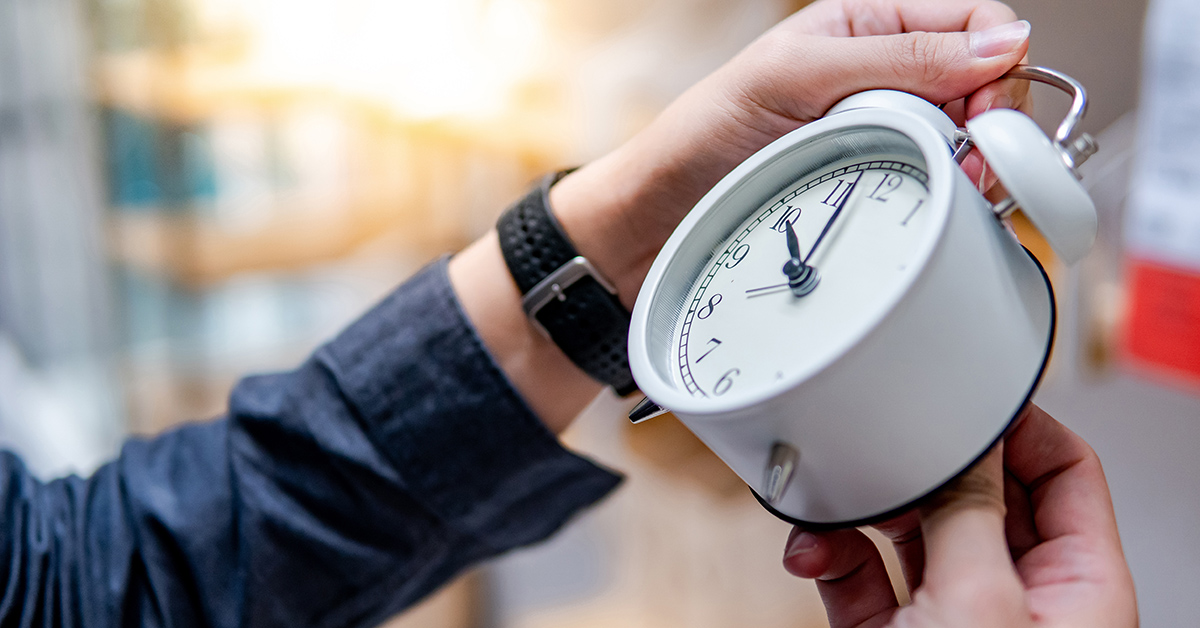As we begin to phase back into daily life after shutdown, there is always a chance that COVID-19 cases could start to spike again. Ensuring your household has a plan in place before a potential COVID-19 surge in your area can help you feel confident about protecting your health.
Curious what your COVID-19 household plan should cover? We’ve got the basics to get you started.
Discuss the plan with everyone before creating it
Speak with each member of your household and family about what to do if there is a COVID-19 outbreak in your community. It is possible that people will have different needs, so be sure to take them all into consideration when creating the plan.
Decide if someone needs extra care
Elderly individuals and those with pre-existing medical conditions may experience more serious complications with COVID-19 if they become sick. If you think you or a member of your household may be at increased risk, connect with your health care provider for information about how to monitor potential COVID-19 symptoms if needed.
Find out what work and school have planned
Ask your child’s school or childcare facility and your employer about emergency operations plans they have in place. This information will be important to factor into your household plan. Employers should be able to inform you about policies regarding sick leave and teleworking should you become sick or need to stay home to take care of a family member.
Plan what area of your home will be for isolation
If someone in your household contracts COVID-19, the best way they can protect everyone else is by going into isolation. In your plan, make sure to decide which area of your house a sick person will stay in. The sick individual should ideally have their own bedroom they can live in and bathroom they can use. If sharing space is inevitable, make sure these rooms have good air flow and ventilation.
Compile a contact list
Make a list of organizations that can provide additional information and support to your household during a COVID-19 surge. These various organizations should provide services such as supplies, counseling and food.
It is also a good idea to create an emergency contact list or update an existing list. Include extended family, neighbors, the local health department, friends, employers, health care providers and other resources that can be of aid if a family member does get sick.
Take steps to stop the spread
Make sure those who are included in your emergency plan are taking steps to prevent illness like COVID-19 from spreading. This includes frequent handwashing, covering coughs and sneezes, staying away from sick individuals and cleaning highly touched surfaces.
Stay in touch with your neighbors
Have discussions with those living near you now about emergency planning for your neighborhood. If you have a neighborhood social media group or online forum, this is a great way to start the conversation and stay in touch. Talking with others is another great way to stay informed and learn about new community resources.
Stay updated on how Bon Secours is monitoring COVID-19.





